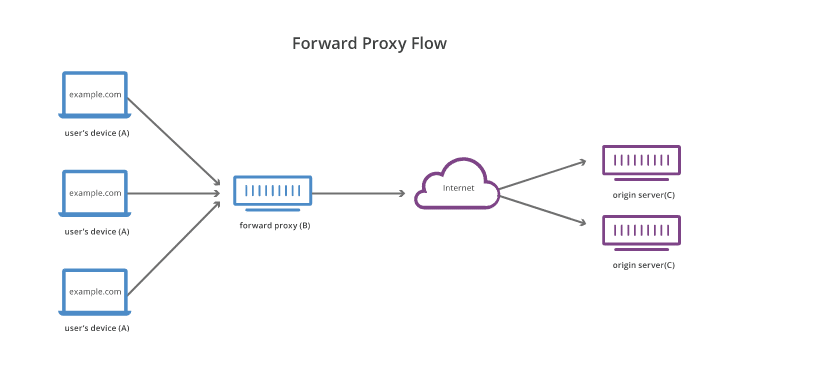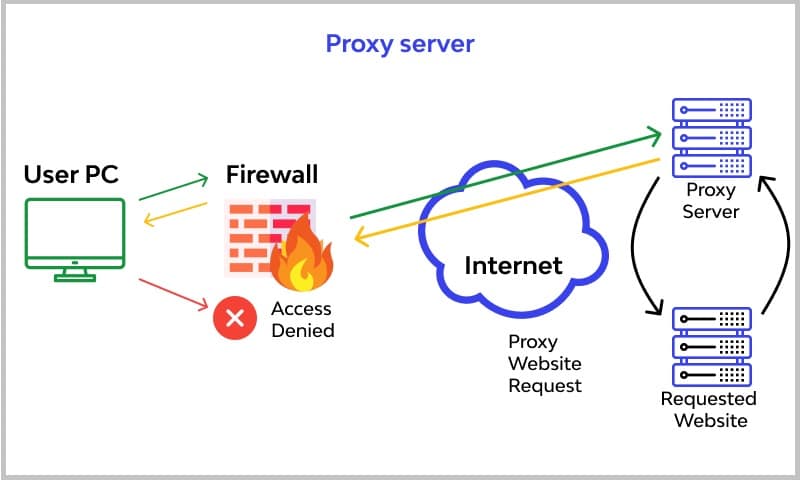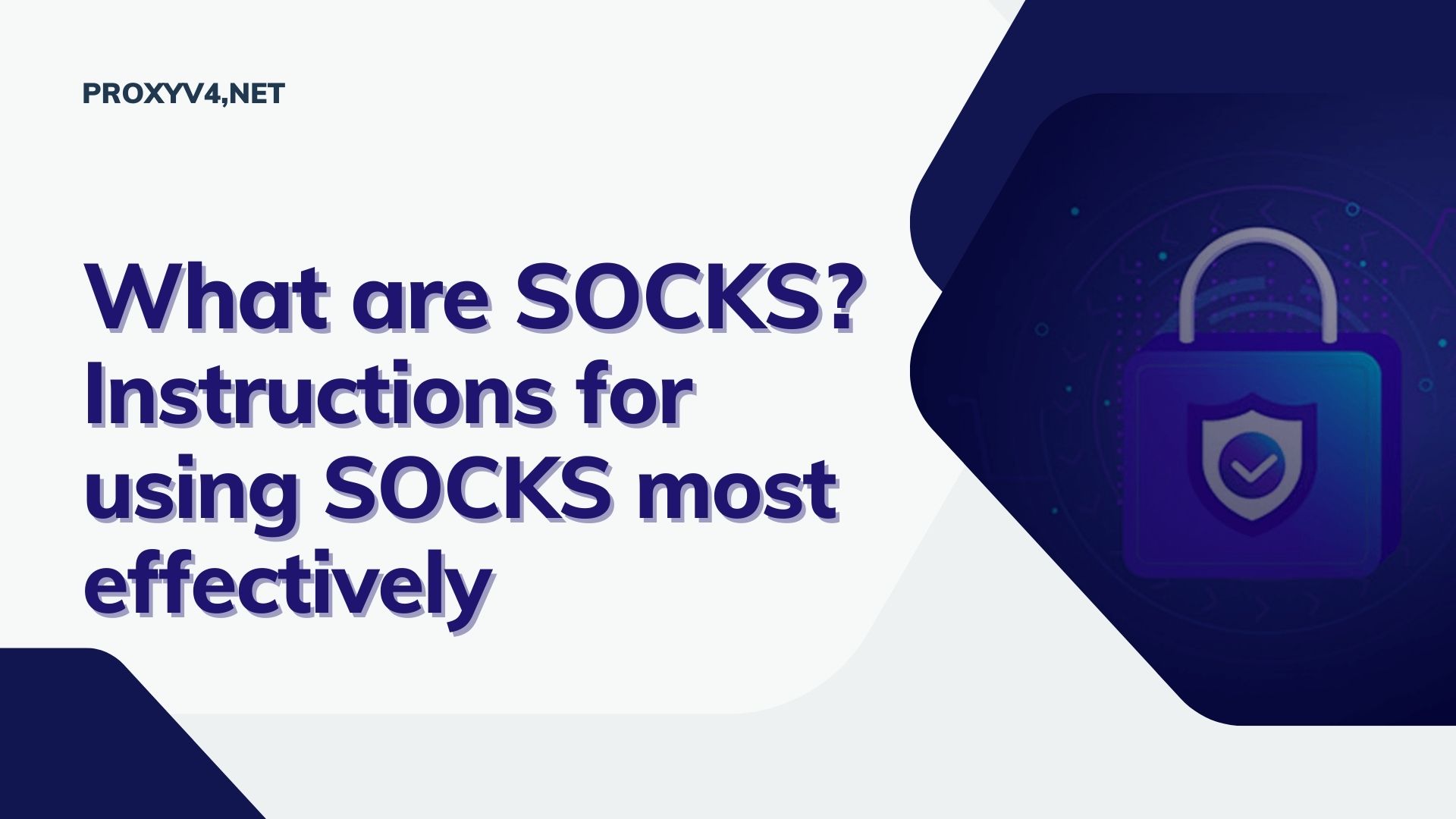In the realm of network and web application optimization, the Reverse Proxy emerges as a crucial tool for safeguarding, enhancing, and managing network systems and web applications.
Reverse Proxy: An Overview
A Reverse Proxy, also known as a “reverse proxy server,” is a type of proxy server within a computer network’s information system. It acts as an intermediary between internal servers and clients, controlling the requests sent by clients. If the information is valid, the Reverse Proxy forwards it to the appropriate server.

Furthermore, in internal computer network systems, a Reverse Proxy is often placed behind a firewall to redirect requests from clients to the appropriate servers. More specifically, the Reverse Proxy performs the following tasks:
- Forwarding client requests to web servers.
- Load balancing across internal web servers.
- Shielding web servers against attacks.
- Improving website performance.
Advantages of Reverse Proxy
The implementation of a Reverse Proxy yields significant benefits for network systems and applications. Below are some notable advantages of this proxy type:
High Security
A Reverse Proxy bolsters the security of internal servers by masking their actual IP addresses. This impedes direct external attacks on the servers, enhancing the overall security of the system.

Load Balancing
A Reverse Proxy excels at distributing loads across multiple internal servers. This not only enhances performance and ensures stable application operation, even under high loads and concurrent access requests, but also prevents any single server from becoming overwhelmed.
Improved Access Performance
Reverse Proxies can store cached data such as images and static files to minimize webpage loading times. This boosts user experience and effectively reduces the server load. Moreover, a Reverse Proxy can perform additional tasks, like SSL encryption, further enhancing access speed.
Access Control
Reverse Proxies empowers administrators to control and configure access to specific resources. This is particularly vital for corporate computer networks, as setting diverse access rights for users and user groups helps minimize the risk of malware infection and external attacks.
Anonymity
End users are unable to identify the actual server processing their requests, ensuring anonymity and privacy. Additionally, by employing a Reverse Proxy, a website or service never discloses the IP addresses of the original servers, making attacks more challenging.
Buy cheap proxy at ProxyV6.net
Disadvantages of Reverse Proxy
While Reverse Proxiy bring numerous advantages, they are not without certain limitations
Single Point of Failure
If a reverse proxy encounters an issue, all requests to internal servers will be disrupted, causing a complete system failure. Additionally, reverse proxies can encrypt client requests and the original IP addresses. Consequently, the proxy server holds all client information and passwords, making it susceptible to cyberattacks that could introduce malicious software to the website it manages.
Performance Dependency
The performance of applications and systems hinges on the processing efficiency of the reverse proxy. An unstable proxy can adversely affect the entire system’s performance.
Complex Configuration and Management
Deploying and managing a reverse proxies can be complex and demanding in terms of technical knowledge, making it less user-friendly for beginners or those unfamiliar with proxy systems.
Purchasing Affordable Proxies at ProxyV4.net
For those considering the use of reverse proxies, acquiring them from reputable providers is essential. ProxyV4.net offers a reliable solution, with quality proxies and efficient access speed, while ensuring the utmost security. With comprehensive warranties, 24/7 online support, and a range of service packages tailored to various needs, ProxyV4.net stands as a prime choice for safeguarding your computer network and business.
In summary, Reverse Proxy serves as a valuable tool for enhancing security, performance, and management in network systems and web applications. Although it comes with distinct limitations, prudent implementation and management mitigate these drawbacks, ensuring stable and effective system operation.
What is a Reverse Proxy?
A Reverse Proxy, also known as a 'reverse proxy server,' is a type of proxy server within a computer network's information system. It acts as an intermediary between internal servers and clients. This proxy performs the role of an intermediary, managing the requests sent by clients. If the information is valid, the Reverse Proxy will forward it to the corresponding server.
What is Reverse Proxy Used For?
Reverse Proxy is commonly utilized for the following tasks:
- Forwarding client requests to web servers.
- Load balancing among web servers.
- Protecting web servers from attacks.
- Enhancing website performance.
Where to Buy Secure and High-Quality Reverse Proxy?
ProxyV4.net and Proxyv6.net are two of the top providers of high-quality proxies in the current market. Both of these are reputable addresses for you to consider when purchasing a Reverse Proxy.








